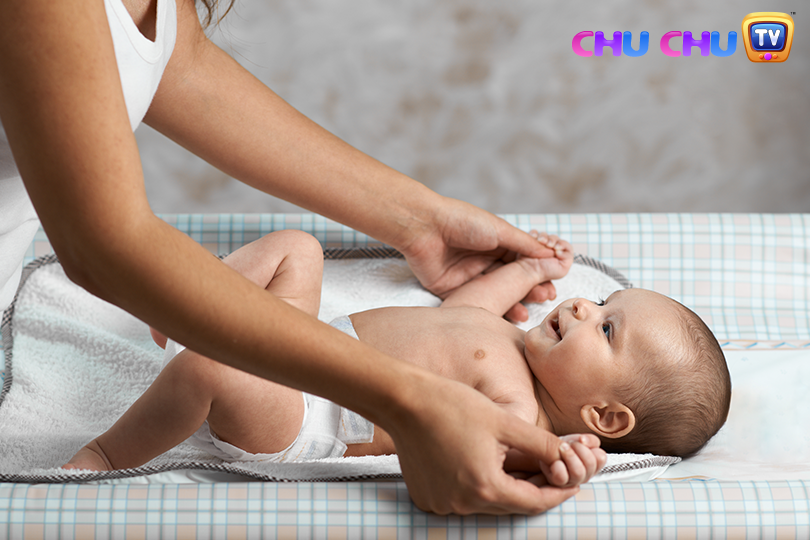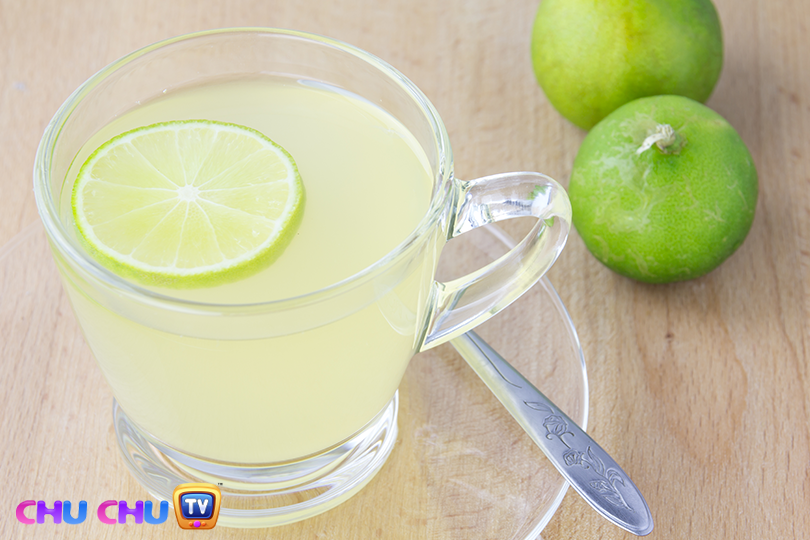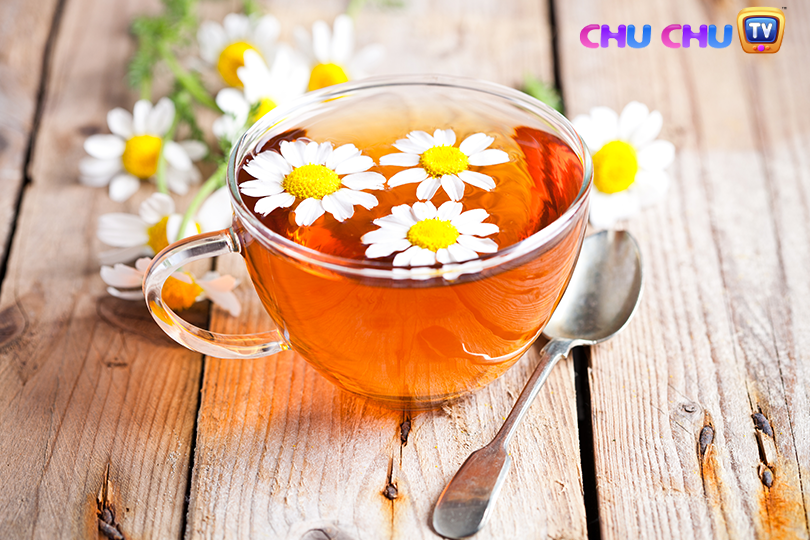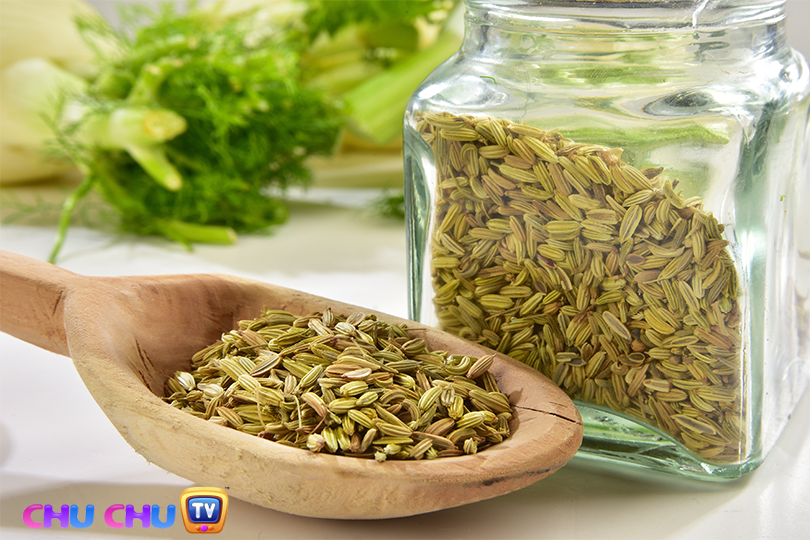Gas is a very common problem for toddlers. There is nothing to be worried about if your kid is suffering from gas-related pain. A parent cannot just sit idle when the toddler is crying and screaming out of pain. You would definitely want to give some gas relief for toddlers at the earliest. Toddlers suffer most from gas pain due to some habits such as swallowing food rather than chewing, lactose intolerance, swallowing air while eating or drinking and not drinking enough quantity of fluids. It has to be kept in mind that a toddler’s digestive tract has not developed completely as of yet. And that causes quick movement of food through the tract leaving little time for the food to be absorbed as a result, gas is formed.
But before you seek treatment for gas relief, you need to identify the symptoms of gas pain. Toddlers cry for various reasons (and at times even act to be in pain to draw attention), so what are the definitive signs that your kid is having gas pain? Your kid is affected by gas if he cries more intensely than usual, gasps with pain, becomes fussy and pull their legs up to the belly and does not want to eat anything. Even the abnormally high frequency of burping and gas passing can be a good way to identify the gas problem. So, now that you have identified the problem, here are some great ways to relieve your toddler from gas-related pain.
Idea #1: Asafetida Powder
Asafetida is a great natural cure for gas pain. It has an antispasmodic and anti-flatulent property that improves the digestion and metabolism rates. One of the ways to administer Asafetida powder could be to add this powder in a tablespoon of warm water and then apply around your kid’s belly button in a clockwise movement. Reapply this process many times. You can also add a couple of pinches of Asafetida powder on a ripe banana and mash it up. Give the mixture to the kid for a day or two until the gas problem is eradicated. If you are presently breastfeeding the baby, make it a point to add a half teaspoon of this powder in a glass of water and drink it twice a day to keep away gas formation.
Idea #2: Exercises
Gas can be easily eliminated with some light exercises every day. Exercises also aid in the digestion process. It is commonly found that an active child has a few gas related issues than a sedentary one. If your baby has not learned walking as of yet, you can have him lie on the back and move his legs in a cycling motion. This needs to be done between the feeding sessions. Such exercise puts pressure on the stomach and intestines and thus the excess gas is expelled from the body. You should always encourage the child to exercise through running, walking, dancing and jogging. Make sure that there is at least an hour’s gap between the feeding and exercising sessions.
Idea #3: Warm Lemon Water
Lemon juice is acidic in nature and stimulates hydrochloric acid, which helps break down food. When your food is broken down, there is a lesser chance of gas and bloating. Take a glass of lukewarm water and squeeze lemon juice into it. If the child shows reluctance in having this juice, you may add some honey. You may apply this in the morning or when the child has an empty stomach. It will address your child’s gas formation issues.
Idea #4: Massage around the Stomach
There are some toddlers who will resist any new food. In such circumstances, massaging is the best cure for gas pain. So, heat up a bit of olive oil and then gently massage around the stomach area in a clockwise direction for a few minutes. Once you are done on the front, turn the child around and repeat the action on the back. But you should take necessary precautions, as the gas explodes out in this process. Do not get your face too close to the toddler, you might also want to light some incense sticks before the massage.
Idea #5: Chamomile Tea
This variety of tea is well known for removing gas and is suggested by doctors to even grownups with stomach complains. The tea contains several compounds that relax the intestines and prevents the formation of any trapped gas. You can make a cup of Chamomile tea, add some spoons of honey in it and then give a teaspoon or two of the drink to your toddler many times in the day. Breastfeeding mothers can have this tea twice or thrice a day to relax their intestines.
Idea #6: Compress with a Towel 
A warm compress can provide instant relief to the toddler from gas pain. This application of warm temperature will help in the expulsion of the trapped gas and help your child relax. Start the process by soaking a towel in warm water and then wringing it out. Place the warm towel on top of your child’s stomach and let it stay till the towel gets cold. Repeat this process for three or four times or until gas has been released from your toddler’s tummy. Using hot water bottles or heating pads for this purpose is not a good idea. Toddler’s skin is much thinner and can get burnt very easily.
Idea #7: Fennel Seeds
Fennel is a great herb to administer when your toddler or baby is facing gas pain. It has a relaxing effect on the intestine, whereby the trapped gas is eliminated and the child gets relief from the pain. When consumed regularly, Fennel can stop gas formation in the first place. When your toddler is having gas problems just boil 1.5 teaspoons of fennel seeds in 4 cups of water for about 10-15 minutes. Allow this mixture to cool and give a tablespoon to the toddler (or a teaspoon to the baby, for 2-3 times a day). If your child wants to chew, give him half teaspoon of fennel seeds couple of times every day.
Hope we have been able to guide you on the course of action for your toddler’s gas pain issues.










Leave a Comment